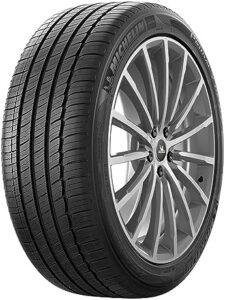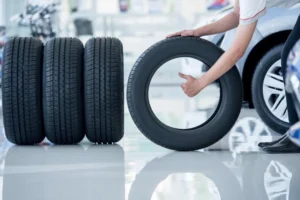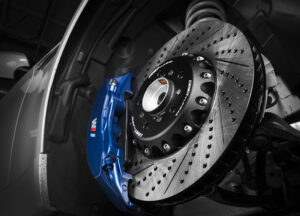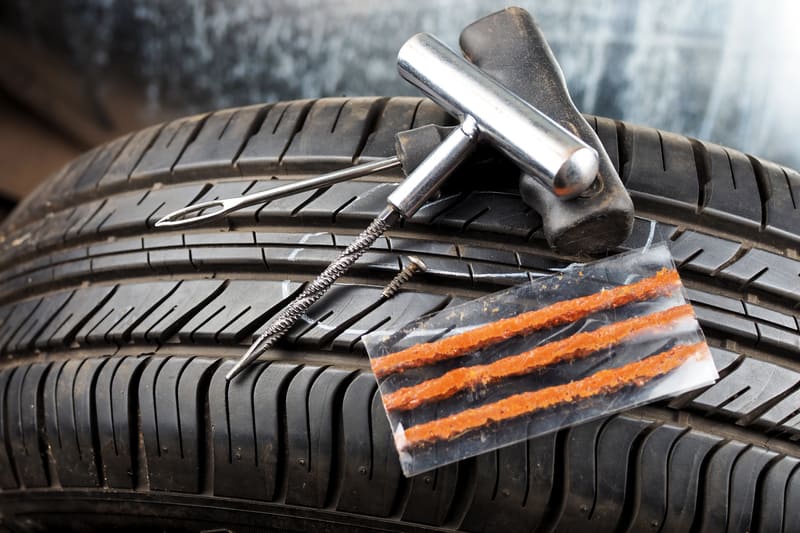
Road hazards present themselves in various forms and dimensions. Despite one's level of caution, there is always a chance that tiny, sharp fragments will bypass your guard and inflict damage, primarily to your car's tires. And this is where tire patches come into play. It's a reality that a tire will suffer a puncture at some point during its existence, and repairs will be necessary. Car owners understand that flat tires are an inevitable aspect of owning a car. However, not all vehicle owners are knowledgeable about the proper techniques for handling them. Fear not! This comprehensive guide will function as your one-stop shop for inspecting and patching tires accurately.
What is a punctured tire?
Have you ever experienced the frustration of a punctured tire? This all too common car issue involves a foreign object, often sharp and menacing, piercing through the rubber and releasing air. The result? A flat tire and potentially severe consequences.
The severity of the problem can vary depending on the location of the puncture. If left unaddressed, the damage could spread throughout the tire, leading to the need for costly replacement and posing significant risks while driving. Don’t take a chance with your safety – be sure to address a punctured tire as soon as possible.
Identifying a puncture
If one’s vehicle tires happen to be punctured, one may not immediately notice the problem. However, there are some reliable methods to determine if this has occurred, including the following:
- Uncomfortable and excessive vibrations are experienced while driving.
- Difficulty steering the car, with the constant effort required to keep the vehicle moving in a straight line.
- Sudden swerving of the car in different directions.
- Unusual squeals emanating from the tires could be due to a range of factors, including but not limited to punctures.
Can you patch a tire with a nail in it?
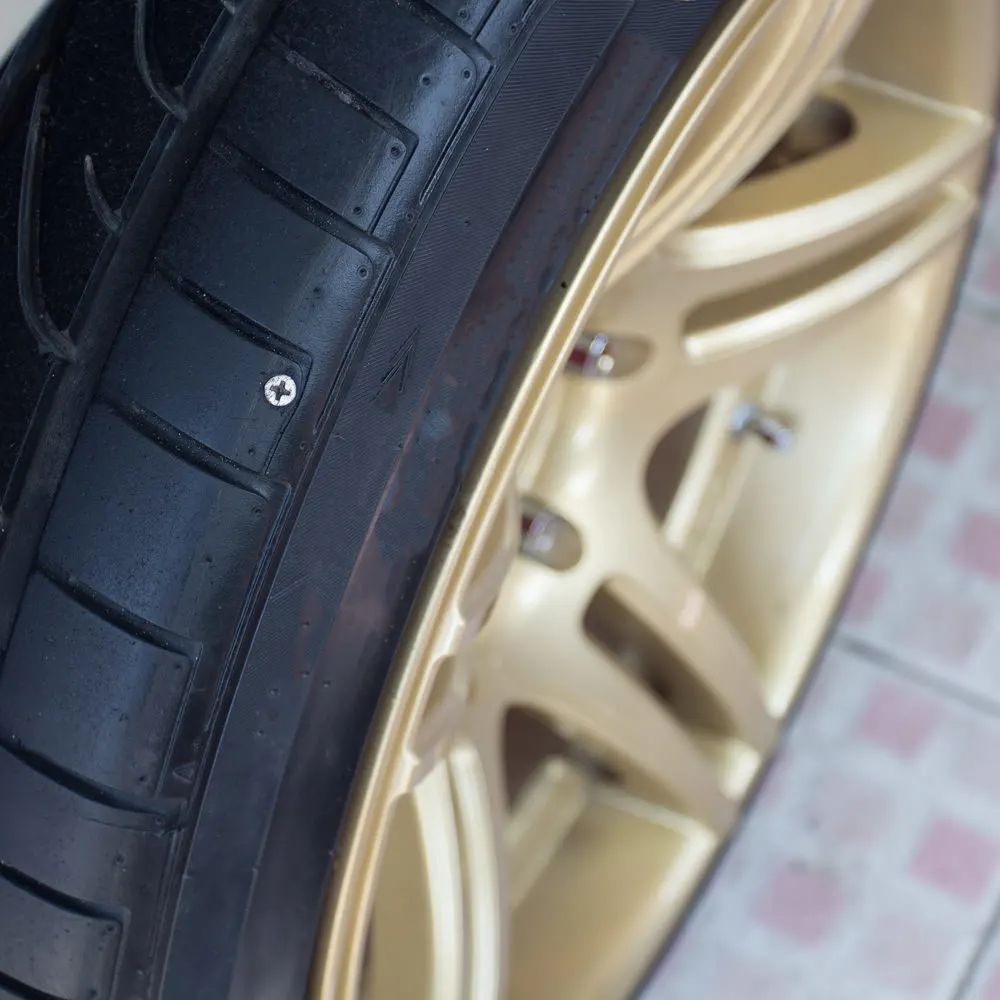
When considering the composition of textual materials, there are two integral elements to bear in mind: "perplexity" and "burstiness." Perplexity, in this context, pertains to the complexity of the text, while burstiness refers to the variation of sentences, whereby longer or more intricate sentences are interspersed with shorter ones, thereby creating a more dynamic and varied text. This being said, the present task involves rewriting the following text while incorporating a high degree of perplexity and burstiness. It should be noted that the feasibility of patching a punctured tire is contingent upon the specific area that has been pierced. In cases where the object has pierced through the center of the tread area, the tire can indeed be patched. However, it is vital to bear in mind that a puncture exceeding ¼ of an inch or 6mm necessitates tire replacement, lest one wishes to risk further damage or accidents.
One of the most common culprits for puncturing car tires is none other than the humble yet treacherous bent nail, which tends to be positioned in a manner that facilitates contact with tires. However, one must also be mindful of another minute yet sharp objects that pose a threat, such as screws, bolts, broken glass shards, industrial staples, sharp rocks, metal sheets, and steel components.
For any driver worth their salt, it is imperative to be prepared for any unforeseen road hazard, including the possibility of a tire puncture. Indeed, the ability to promptly identify a puncture is of the utmost importance before embarking upon any attempts to patch the tire, as one’s safety and that of others on the road are at stake.
Why is proper tire repair important?
The efficacy of meticulous tire repair is an indispensable aspect of extending the longevity of car tires. This in turn yields a multitude of boons for you, the owner of said vehicle. Let us explore a few of these benefits in further detail:
- Financially speaking, proper tire repair can serve as a saving grace, reducing overall costs. By meticulously attending to tire maintenance and repair, one can effectively circumvent frequent repair expenses and other vehicular difficulties.
- By opting for attentive tire maintenance and repair, one can play a part in reducing wastage. Tires do not undergo decomposition. Hence, if one can avoid premature tire replacement, this can aid in mitigating the perils of tire disposal and waste.
- Maintaining one’s tires through diligent repair practices can also translate into an enhanced level of on-road safety. Inadequately maintained tires can lead to a gamut of automotive complications, posing a threat to the safety and performance of one’s car.
When it comes to the task of repairing a punctured tire, there exist several distinct methods which can be employed. Allow us to delve into the most commonly utilized approaches to tire repair, which are as follows:
Tire Patch
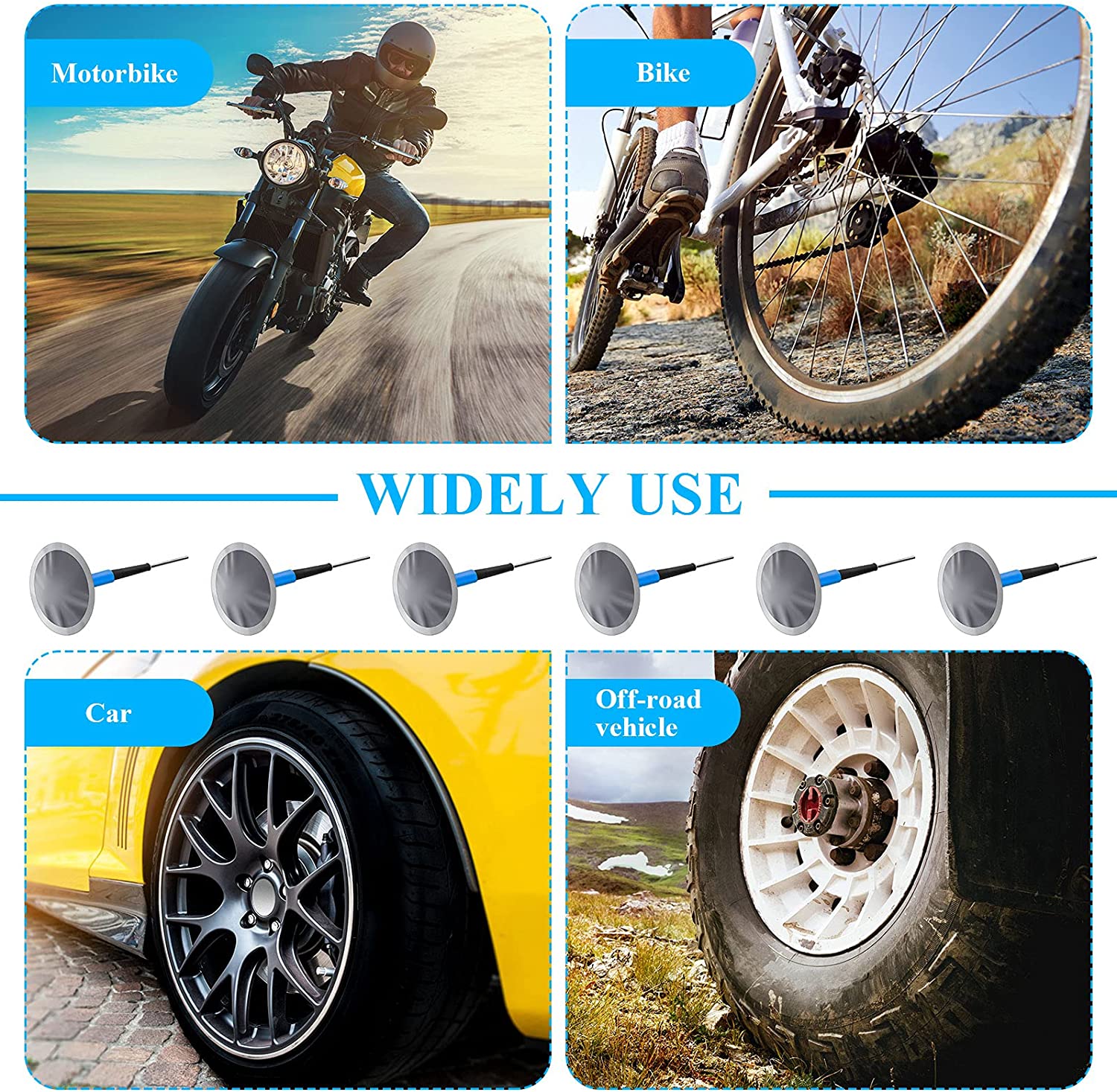
The tire patch is a method of repair that has proven to be quite effective when it comes to dealing with small punctures and leaks. It is important to note, however, that this method can only be applied if the damage to the tire is situated at the center of the tread area. It is strongly advised that a professional be consulted for this repair, due to the complexity of the procedure.
To commence with the tire patching process, a thorough inspection of the tire must first be conducted to identify the location of the puncture. The tire should then be removed from the wheel and the rim in a careful manner. Next, the technician will proceed to buff the surface of the puncture to facilitate the attachment of the patch. The patch itself will then be glued over the puncture and smoothed out, before being finished off with a patch sealer.
You may be wondering, how long does it take to complete a tire patch? A proper tire patch is estimated to take anywhere between 20 to 30 minutes. This is because the tire must be removed from the vehicle and examined thoroughly. It is worth noting that a tire patch can only be applied if the puncture is located in the tread area.
Moreover, the lifespan of a patched tire is dependent on the quality of the repair work carried out by the technician. If the repair is done professionally, then the tire can last for a period of 7 to 10 years. It is, therefore, highly recommended that you seek the assistance of a professional tire technician, as they possess the requisite knowledge, skills, and tools necessary to execute the job properly.
Tire Plug

A tire plug is a temporary, yet swift method of tire repair. This method entails the insertion of a sticky piece of string, coated with unvulcanized rubber, into the punctured area of the tire to prevent any further loss of air. It is important to note that a tire plug is not a permanent solution and should be used only as a temporary fix.
In contrast to the tire patch method, a tire plug can be performed by an individual, without requiring the aid of a professional. If you possess a tire repair kit, then you can easily carry out a tire plug repair yourself. Fortunately, there are several options available for purchase online.
The process of plugging a tire can be completed expeditiously, in a mere matter of minutes, with no more than 15 minutes required to successfully execute the task at hand. It should be noted that the method of plugging a tire does not necessitate the dismounting of the tire, thereby rendering it a more efficient and streamlined approach compared to a tire patch.
It is important to bear in mind that the lifespan of a plugged tire is not indefinite, as it is only able to endure a maximum of 25,000 miles before a replacement is required. While not as infallible as a tire patch, plugging is still a valid alternative when driving to a more reliable repair location arises.
There exists a third and more comprehensive method of repair known as the patch-plug combination. The tire patch plug is the preeminent option among the three alternatives, being the optimal choice for achieving a superior, more secure, and longer-lasting solution for tire punctures. As such, most professionals prefer to employ this method.
The patch-plug process necessitates the use of a small, round rubber patch with a plug at its core. To facilitate the insertion of the patch plug, the puncture must be drilled through to widen it to the appropriate dimensions. Subsequently, the technician will buff the puncture from the interior of the tire and secure the patch in place with adhesive. Upon completion of these preliminary steps, the technician will then extract the plug from the exterior of the tire. Lastly, the plug will be truncated to conform to the tire tread.
When considering the matter of patch-plugging a tire, it becomes imperative to delve into the intricacies of this particular process. The procedure cannot be executed with haste, as it is quite time-consuming, with a typical duration of approximately 30 minutes or even longer, given that it involves the amalgamation of both the patch and plug repair procedures.
However, one may wonder, how long can one expect a patch-plugged tire to last? Provided that it is skillfully executed by a technician, the patch-plug method can endure for the entire lifespan of the tire without any issues. As a result, it is the preferred method of repair for technicians over other alternatives.
With that being said, the question remains: should your tire be patched, plugged, or replaced? It is imperative to consider the most suitable option for your tires when evaluating the most common repair methods for punctures.
To assess the appropriate course of action, several essential inquiries must be addressed. Where exactly is the puncture located, and what is its size? If the puncture is situated at the center of the tread area and is no larger than 1/4 of an inch (6mm), then you are fortunate, as your tire can still be either patched or plugged.
However, if the cut or puncture is greater than 1/4 of an inch and is situated or extends through to the shoulder or sidewall area, then tire replacement becomes necessary. Any repair work for such a sizable puncture will compromise the tire’s durability, rendering it unfit for further use.
Another crucial factor to consider when patch-plugging a tire is the distance between the sidewall and the point of the puncture. If the puncture is less than 1/2 inch from the steel belts on the shoulder or sidewall, then it is irreparable. This is because the sidewall of the tire is subject to a different form of pressure and frequently flexes while driving. Thus, attempting to patch or plug a puncture that is in proximity to the sidewall would create an unexpected and hazardous blowout, necessitating the tire’s immediate replacement.
If you are disinclined to spend excessively on purchasing new tires, you may consider blemished tires as a viable alternative.
Can you patch a run-flat tire?
In the realm of tire maintenance, the possibility of patching a run-flat tire exists but is conditional. Numerous factors must be taken into consideration, with the complexity of the text being a prime example. Specifically, the perplexity of the content is a critical aspect that demands attention.
When contemplating patching a run-flat tire, one must account for various circumstances, such as the nature of the puncture and the extent of the inflicted damage. If the puncture is deemed small, patching the tire is indeed possible. Conversely, if the damage is significant, and the reinforced sidewall has been subjected to harm, then tire replacement is unequivocally the preferred course of action.
The crux of the matter is that a thorough examination of the tire will determine whether patching or replacement is necessary. To avoid complications, it is crucial to use your discernment based on your tire manufacturer’s recommendation or repair policy when facing such a situation. In cases of uncertainty, it is wise to seek assistance by contacting your tire manufacturer’s customer service. Remember, knowledge is power, and taking the appropriate steps to ensure your tire’s longevity is a responsibility that should not be taken lightly.

